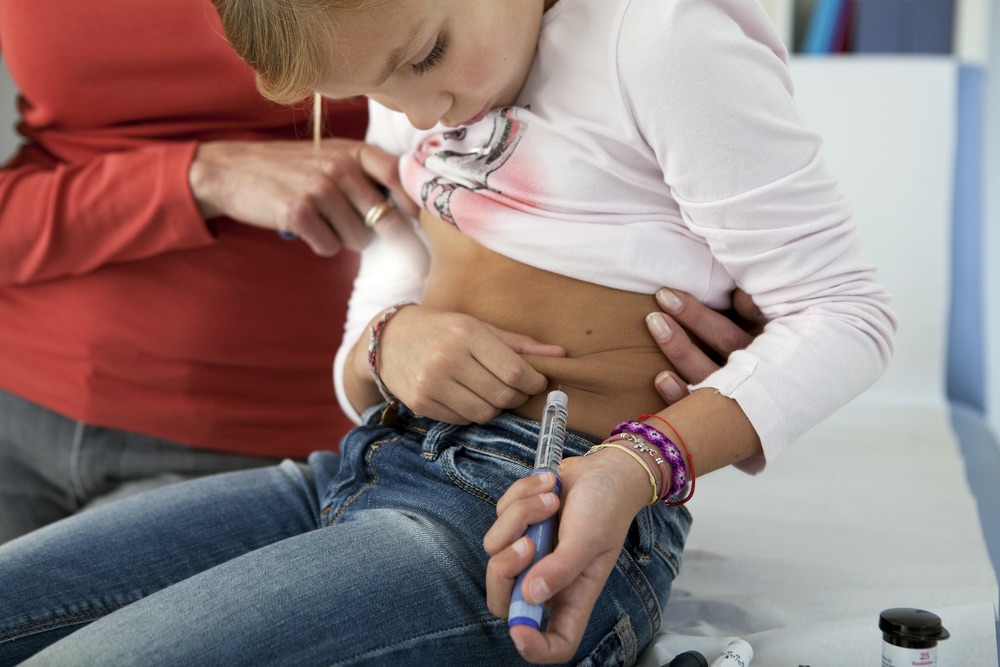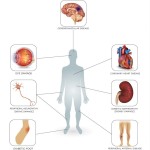How can type 1 diabetes be prevented?
Medically reviewed by Dr Sultan Linjawi, Endocrinologist & Diabetes Specialist — December 2025

Can type 1 diabetes be prevented?
Type 1 diabetes cannot currently be prevented. It is an autoimmune disease, meaning the body’s own immune system mistakenly attacks and destroys the insulin-producing beta cells in the pancreas. Unlike type 2 diabetes, diet, weight, exercise, or lifestyle choices do not cause type 1 diabetes, and changing these factors does not prevent it.
That said, research over the past decade has shown that in some high-risk children and adults, the onset of type 1 diabetes can be delayed, and early detection can significantly reduce the risk of serious complications at diagnosis.
Who is most at risk?
Many parents and grandparents worry about their children’s risk — especially if type 1 diabetes already runs in the family. While anyone can develop type 1 diabetes, risk is higher in certain groups:
| Relationship to someone with type 1 diabetes | Approximate lifetime risk |
|---|---|
| General population | ~0.4% |
| Child of a parent with type 1 diabetes | ~3–5% |
| Sibling of someone with type 1 diabetes | ~5–8% |
| Identical twin | ~30–50% |
Risk is also influenced by genetic susceptibility and the presence of islet autoantibodies, which can appear years before symptoms develop. You can read more in our detailed guide on risk factors for type 1 diabetes .
Importantly, most children who develop type 1 diabetes have no family history, which is why universal prevention is not currently possible.
What does research show about delaying type 1 diabetes?
Type 1 diabetes develops in stages. Long before symptoms appear, the immune system may already be attacking the pancreas. This has opened the door to early detection and, in selected cases, delay of clinical disease.
A medication called teplizumab is the first therapy approved by the U.S. FDA to delay the onset of type 1 diabetes in people at very high risk — specifically those with multiple diabetes-related autoantibodies and early glucose abnormalities. Studies show it can delay diagnosis by around 2 years on average, but it does not prevent type 1 diabetes altogether.
Because of this, teplizumab is not suitable for the general population. It is used only in carefully selected individuals under specialist care. Ongoing international research — including programs such as TrialNet — continues to explore better ways to identify risk earlier and develop safer preventive therapies.
What should families do now?
If your child or grandchild has a family history of type 1 diabetes, the most important steps are:
- Be aware of early symptoms of type 1 diabetes
- Understand individual risk factors
- Seek prompt testing if symptoms or concerns arise
If type 1 diabetes is diagnosed, early education is one of the most powerful tools to improve long-term health and quality of life. Our 12-week Type 1 Diabetes Program is designed to help people and families understand insulin, monitoring, technology, and daily decision-making from the very beginning.
What should I do next?
If you experience any symptoms of type 1 diabetes or you have risk factors for developing type 1 diabetes, it is important to get tested for as soon as possible. Some people are at higher risk and need regular testing.
By diagnosing and treating the type 1 diabetes early, it means you can decrease the risk of developing or delay any further health complications of type 1 diabetes, for example nerve damage, blindness, and heart disease. It is important to know that diagnosing type 1 diabetes should not rely solely on using a Hb A1c test.
Once you learn what your type 1 diagnosis is, or if you already have type 1 diabetes, the next most important step is to become educated. You can join the 12-week Type 1 Diabetes Program to help you learn how best to manage the condition. For example, you can learn how best to monitor blood glucose levels in type 1 diabetes. The program is personalised and tailored, giving you more of the content that you want. The program also helps you to stay motivated and teaches you what changes you need to make. The first week is free and full of helpful and crucial information.
Interested in more information on type 1 diabetes?
Follow the links below to learn more about type 1 diabetes.
Frequently Asked Questions
Can type 1 diabetes be completely prevented?
At present, there is no proven way to completely prevent type 1 diabetes. Research has shown that, in some very high-risk individuals, it may be possible to delay the onset of the condition, but not to stop it altogether.
Does diet or lifestyle cause type 1 diabetes?
No. Type 1 diabetes is an autoimmune condition, not a lifestyle disease. Healthy eating and physical activity are extremely important once diabetes is present, but they do not cause or prevent the autoimmune reaction that leads to type 1 diabetes.
What is the chance that my other children will develop type 1 diabetes?
Brothers and sisters of a child with type 1 diabetes do have a higher risk than the general population, but the majority will not develop the condition. Typical estimates suggest a lifetime risk in the low single-digit percentages, rather than a certainty.
Can I get my child tested to see if they are at higher risk?
In some families, especially where there is more than one person with type 1 diabetes, testing for diabetes-related autoantibodies may be considered as part of research screening. These tests are usually done through specialist programs and research networks rather than as routine screening for everyone.
What does it mean if a child has diabetes-related autoantibodies?
The presence of certain autoantibodies shows that the immune system has become active against the insulin-producing cells. When two or more of these autoantibodies are present, the likelihood of developing type 1 diabetes in the future is much higher, although the timing can vary from person to person.
What is teplizumab and who might it be suitable for?
Teplizumab is an immune-modulating treatment that has been shown in research studies to delay the onset of type 1 diabetes in some people at very high risk. It is given as a short course of intravenous infusions and is only considered in carefully selected individuals under specialist supervision.



